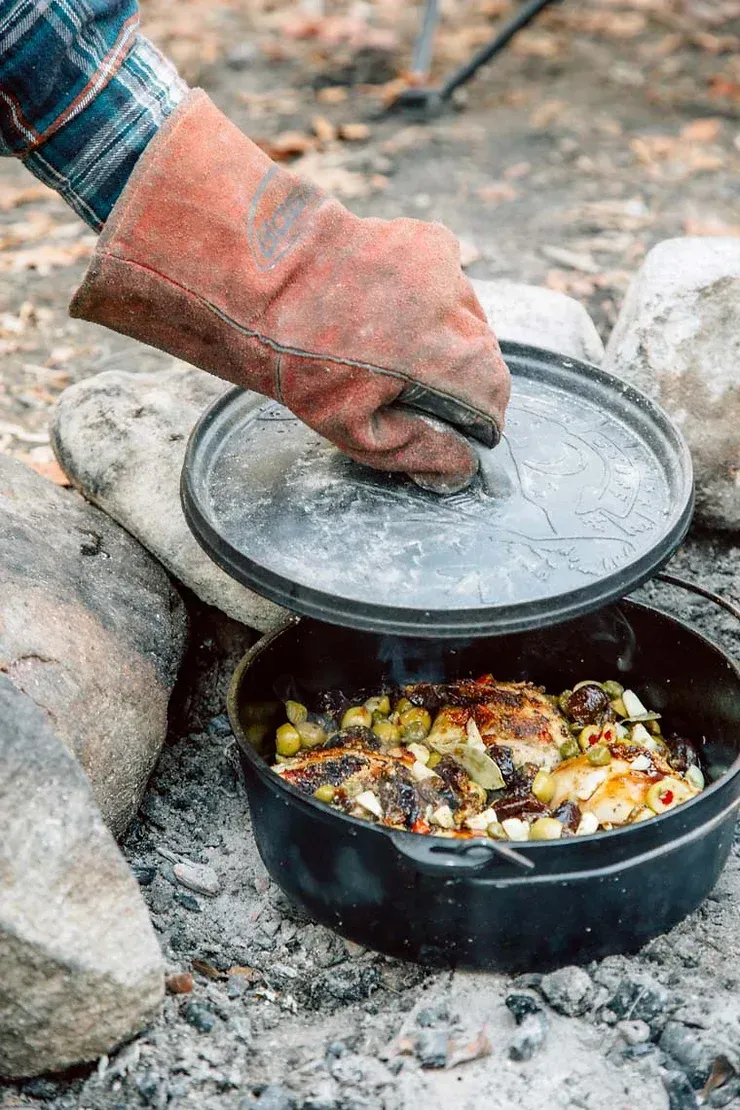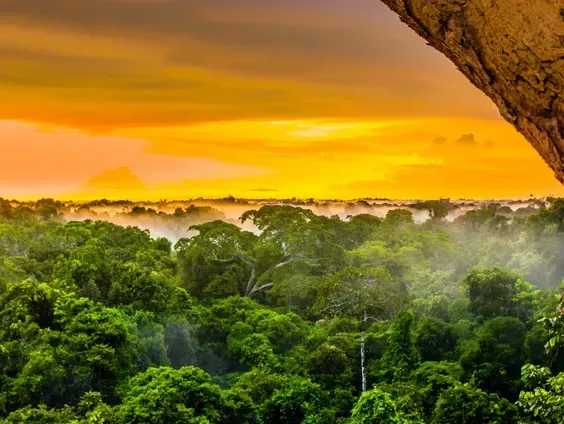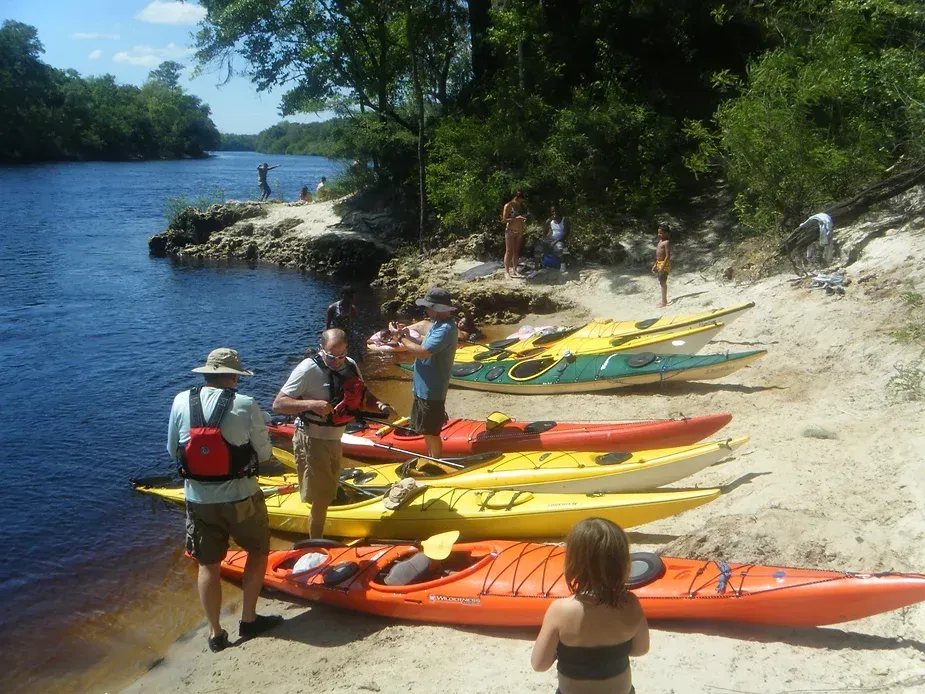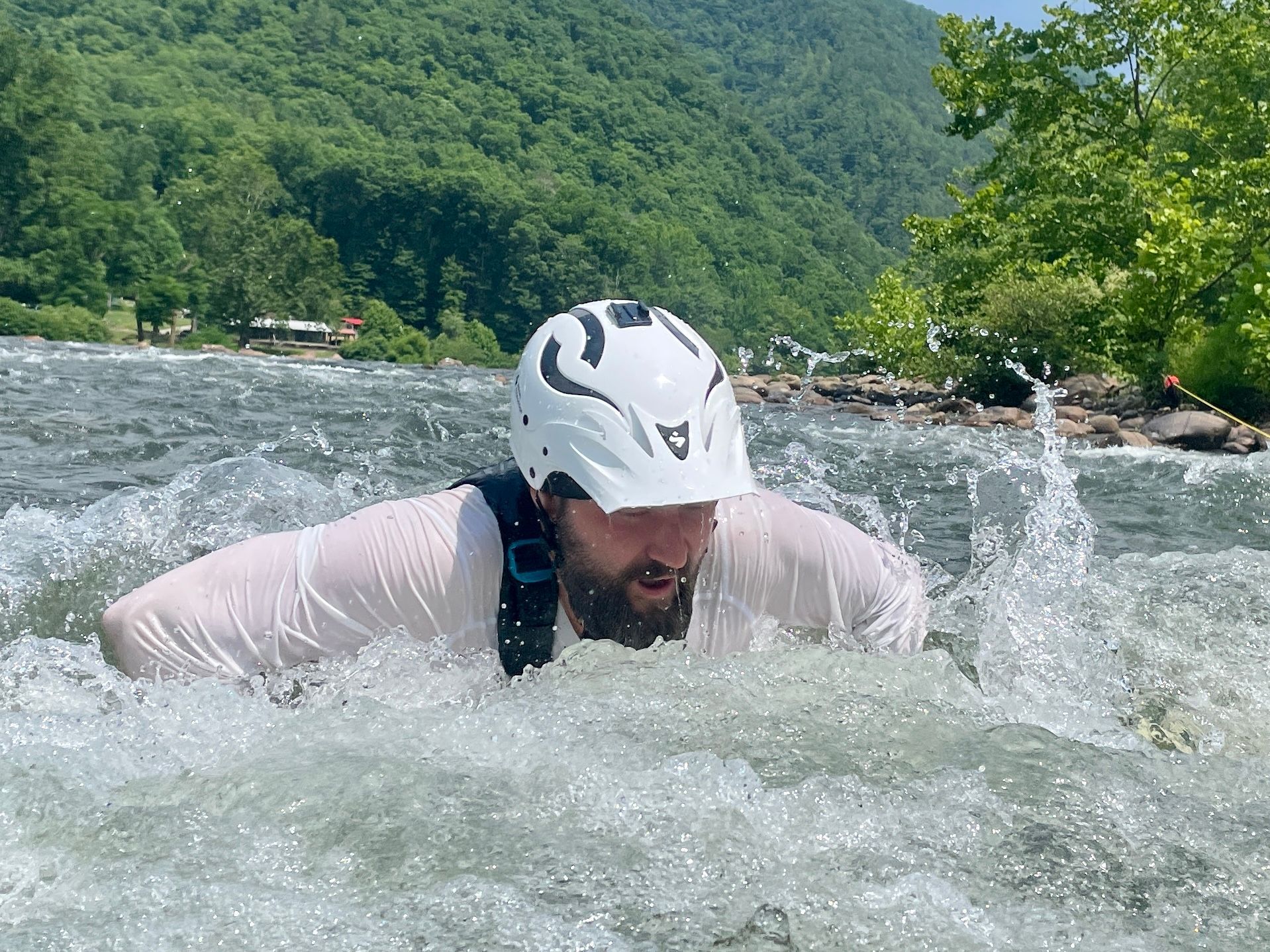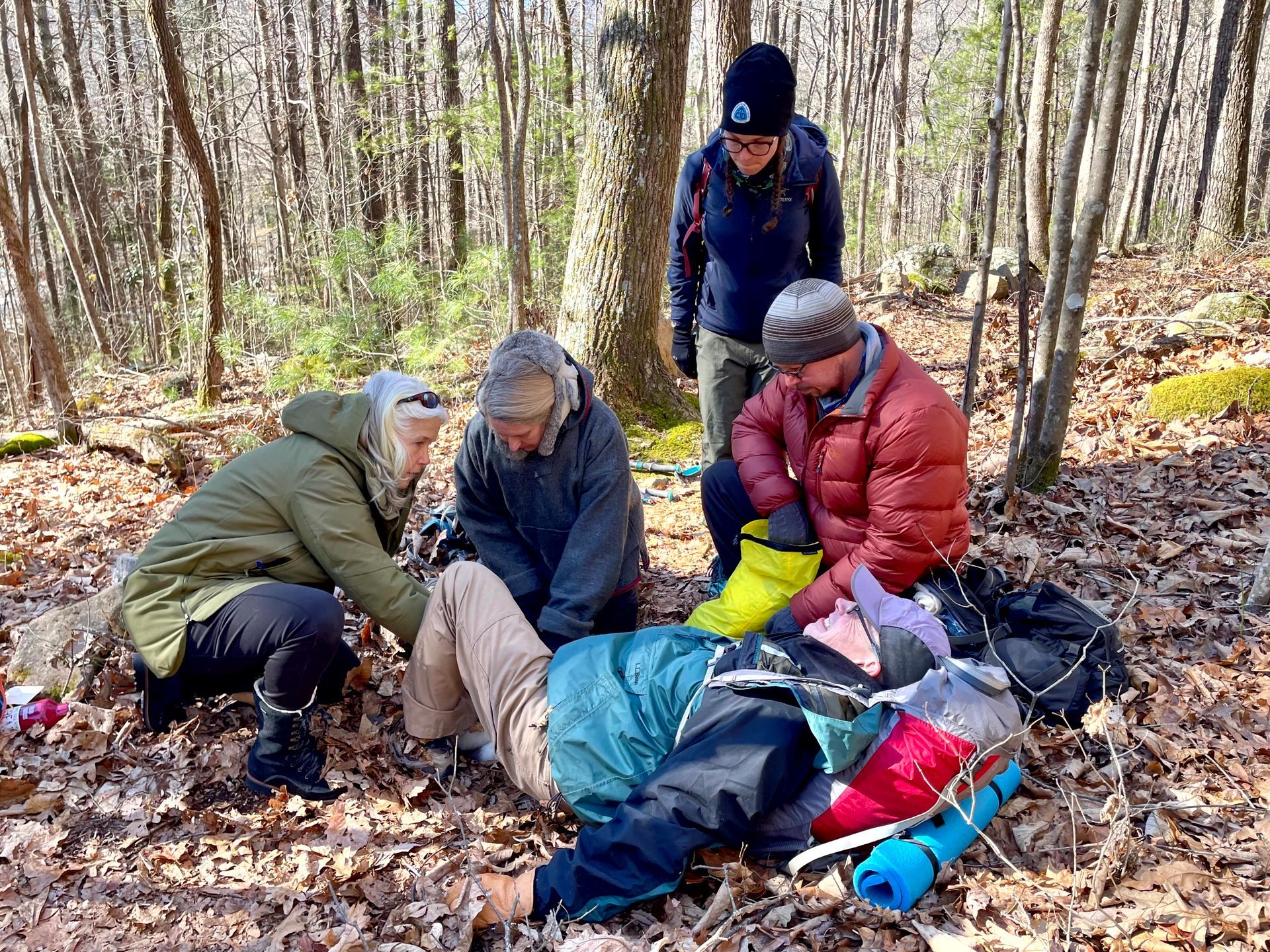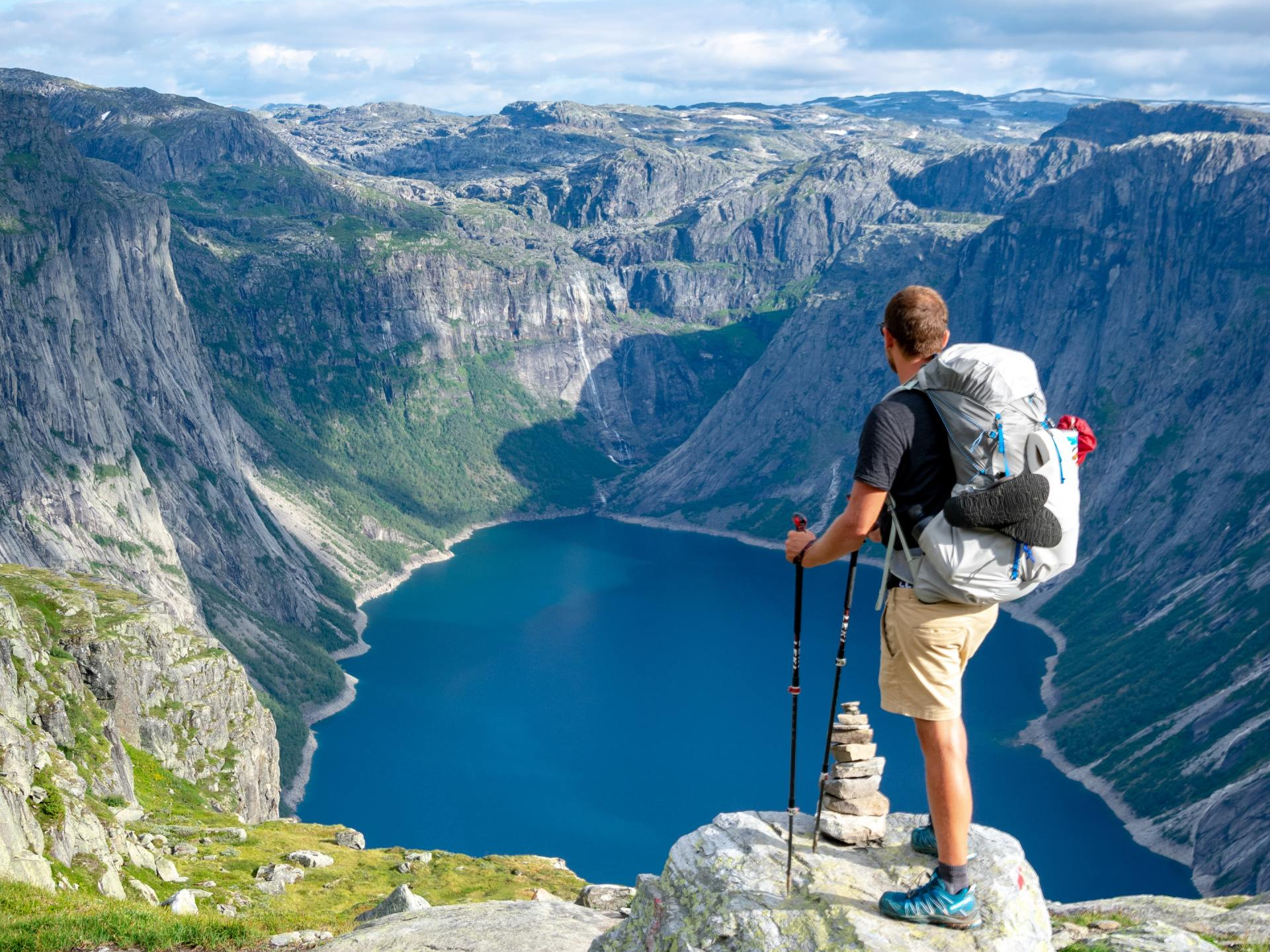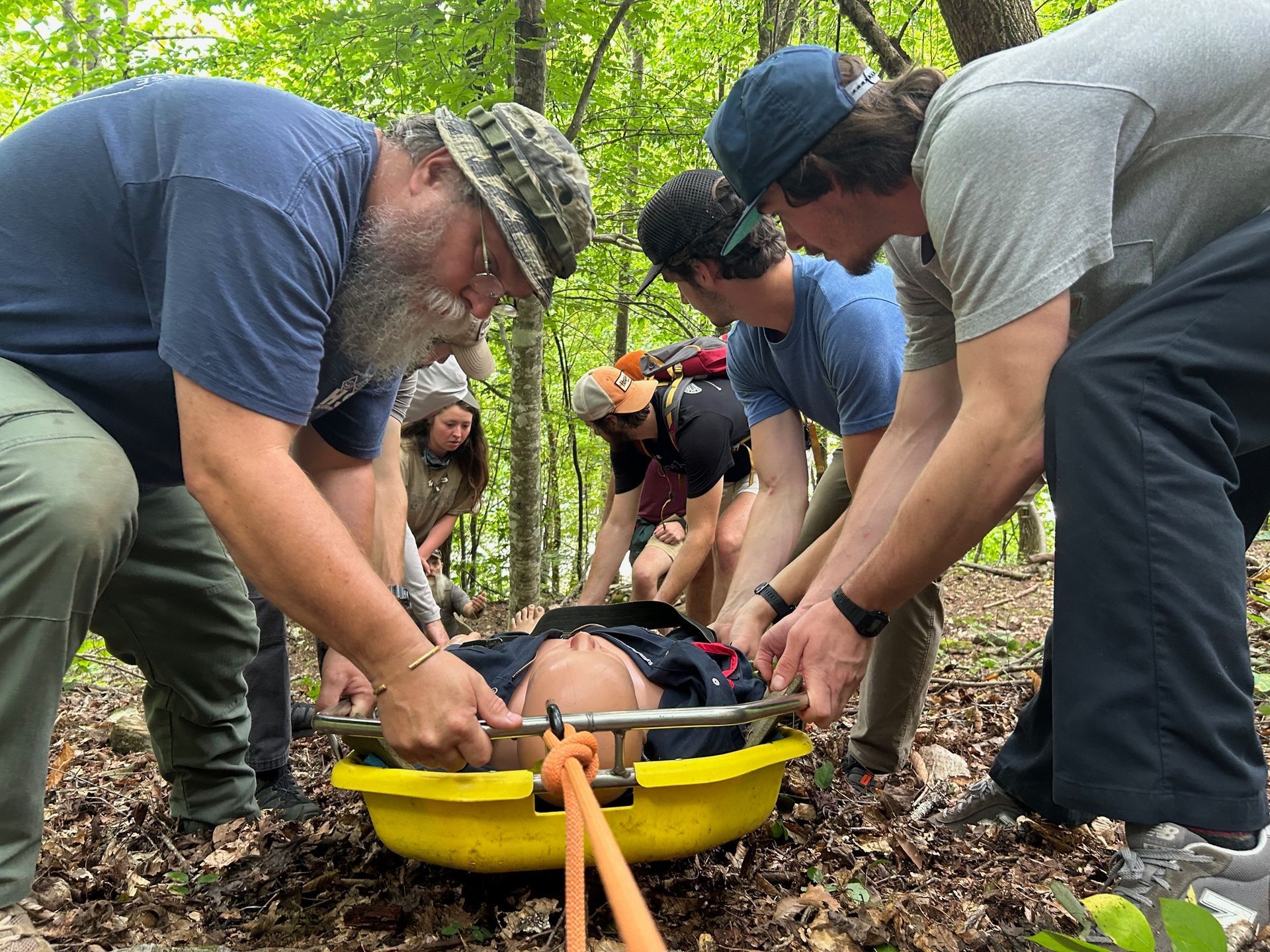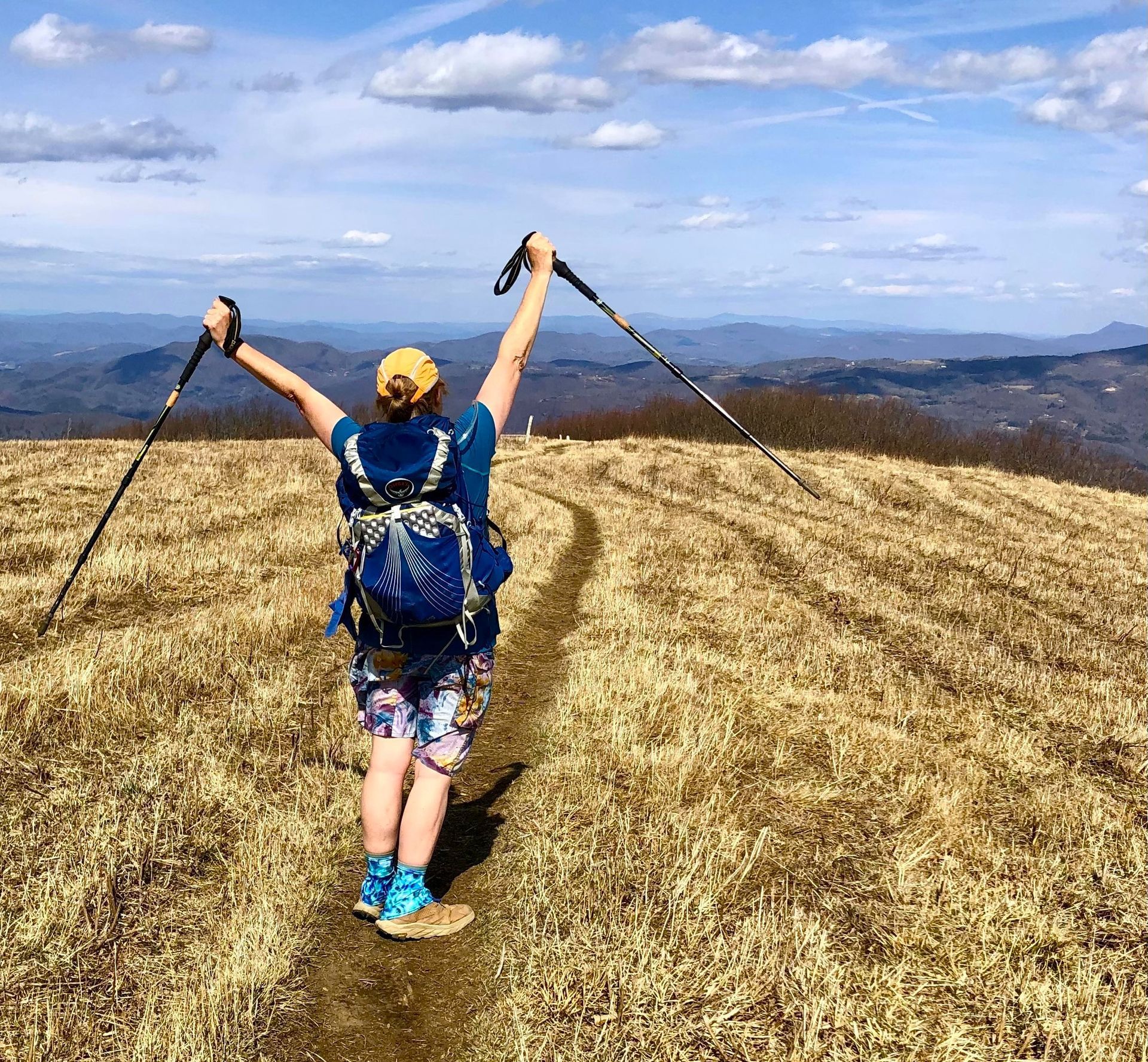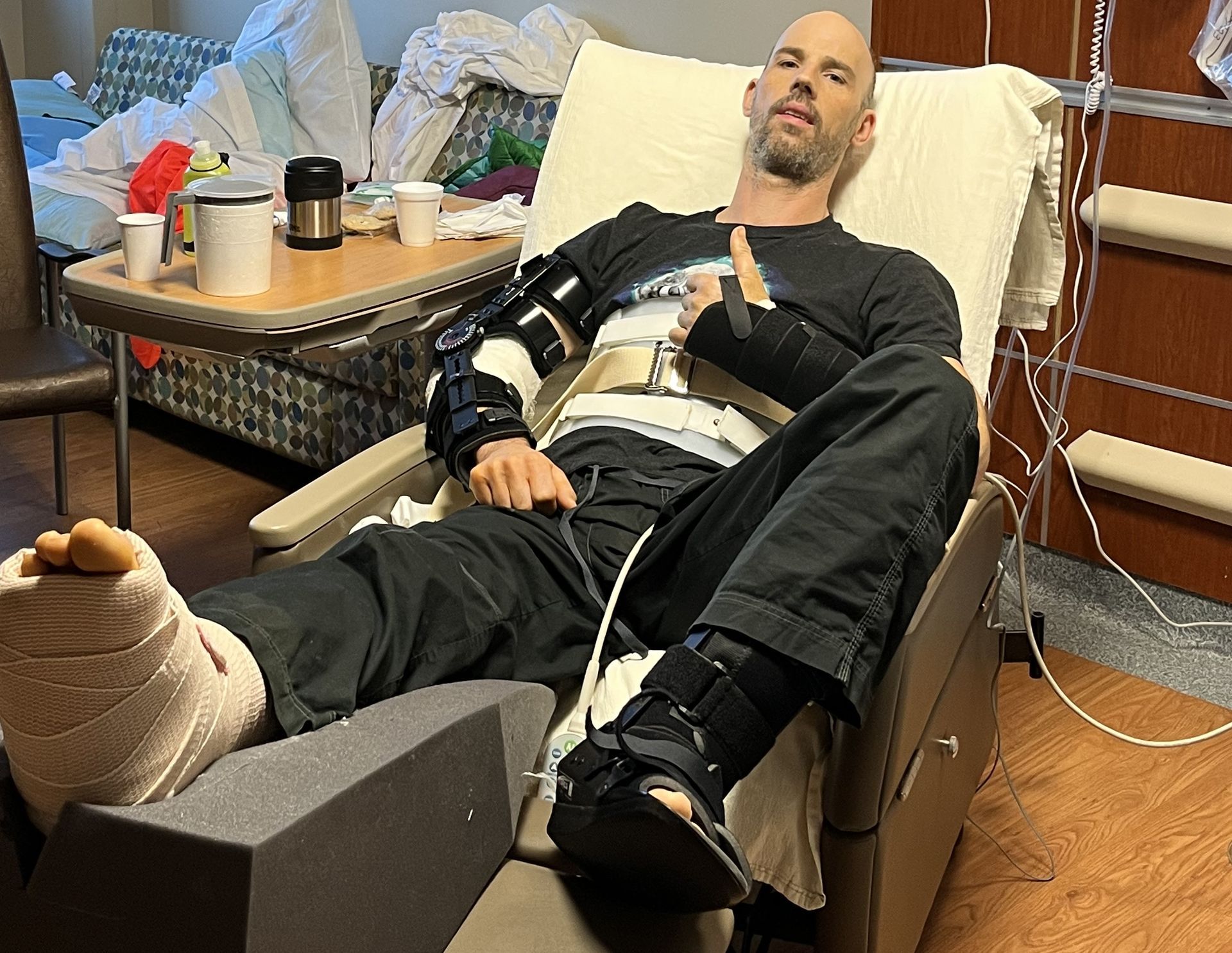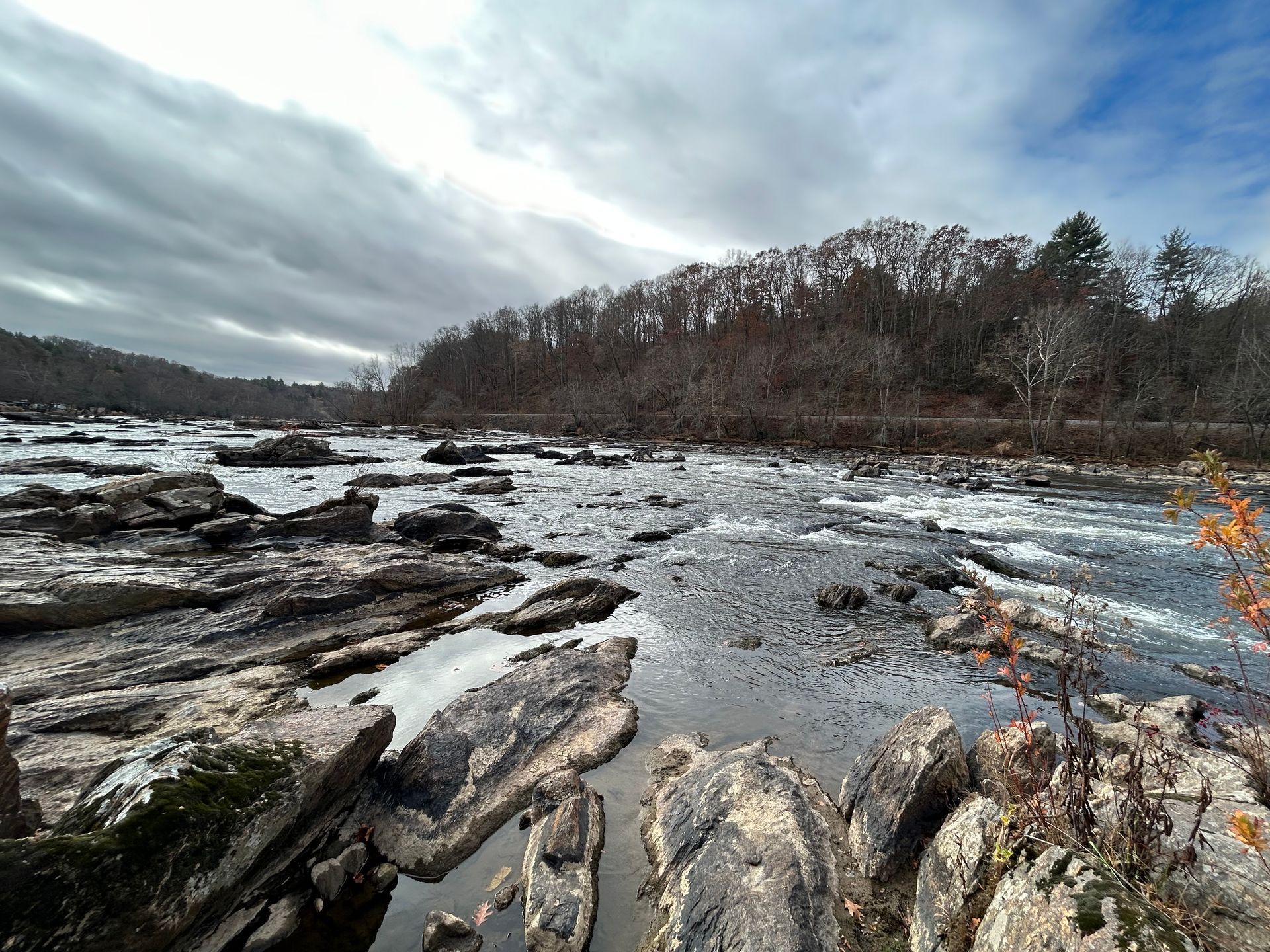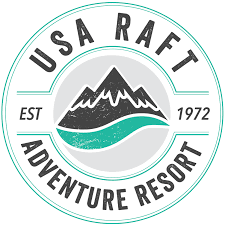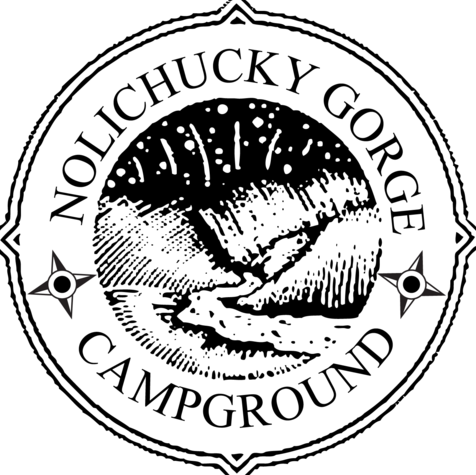Rocky Fork Partnership Creates Safer Whitewater Paddling
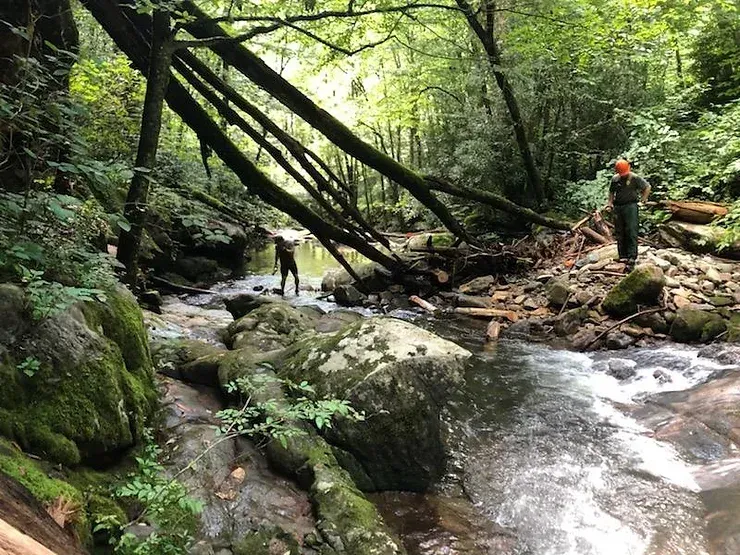
Whitewater is a natural force that captivates the minds of many when witnessing its raw power and beauty. This natural phenomenon brings together many different people for various reasons. I’m often amazed at some of the good partnerships that have been crafted from the passion that whitewater can create. On Saturday, August 3, 2019 another one of these good partnerships were formed as Park Rangers from Rocky Fork State Park (TN newest State Park in Flag Pond, TN) joined local paddlers for the first ever Rocky Fork Beaver Workday.
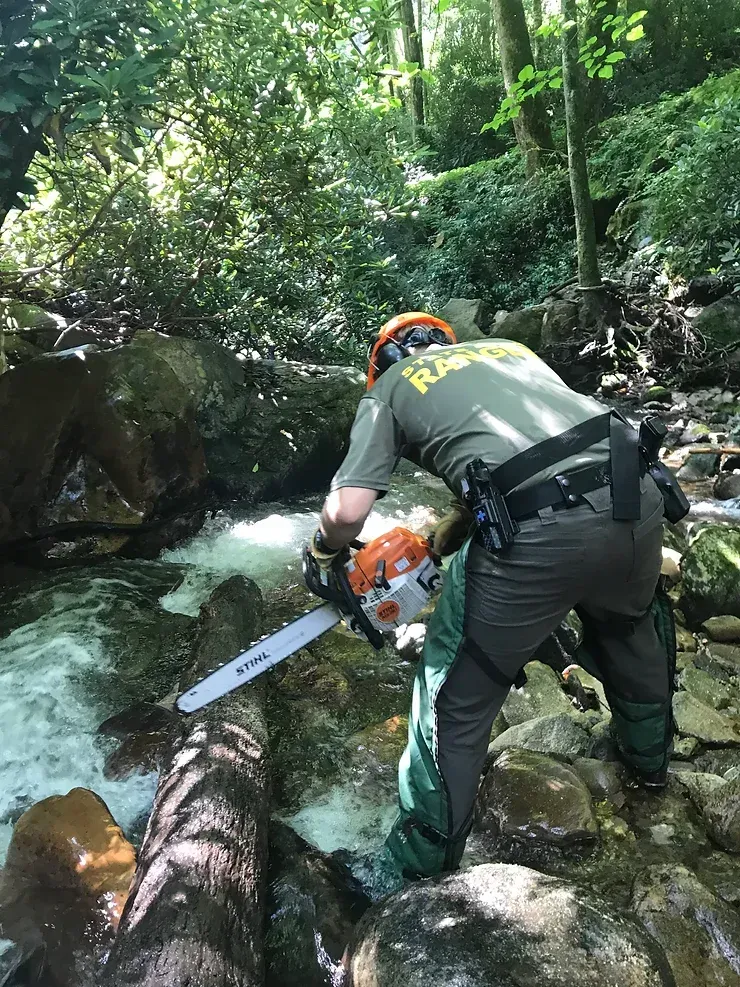
The idea for this event started a few months ago when a former Appalachian Paddling Enthusiasts, Hanley Loller, bumped into Park Ranger, Tim Pharis, at a random gas station chance meeting and inquiry about fishing licenses. Then the conversation turned into paddling on the Rocky Fork and how numerous strainers have become a major issue for the micro-creek run in recent years. Tim and Hanley quickly went to networking and rallied support for the event from current APE Officers and State Park Manager, Jesse Germeraad. The group unified to review the safety and volunteer protocols required by TN State Parks with the overall goal in mind. Then we put together a plan for a workday to clear wood out of the stream bed during low water flows.
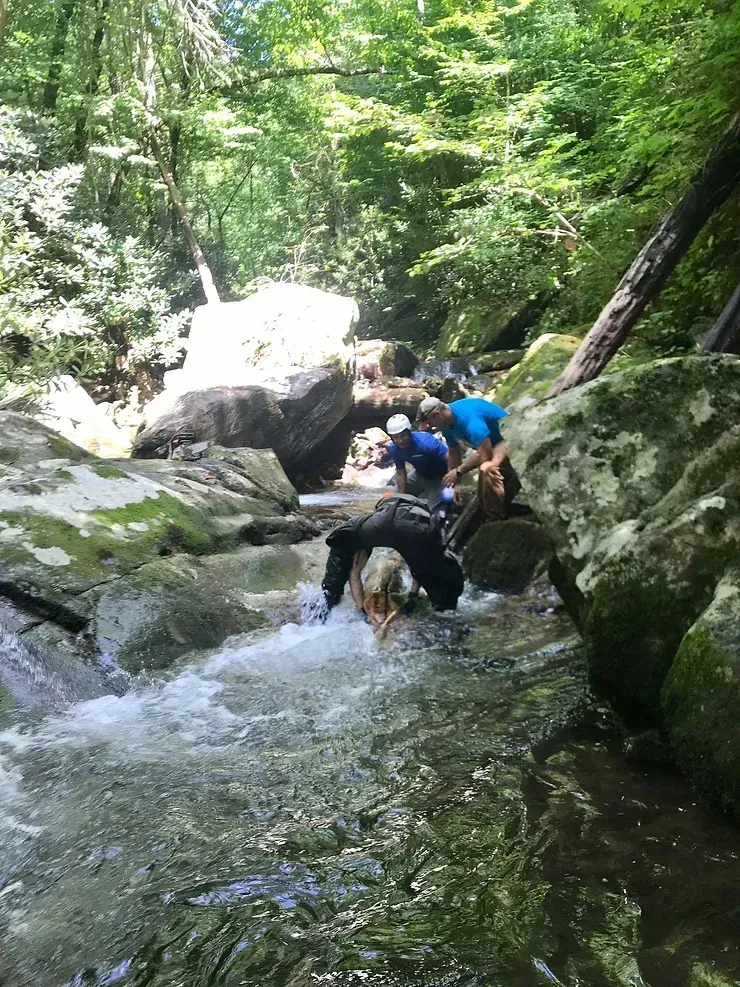
Local paddlers became motivated with interest when we announced the event in late May for the August workday. For some who were fortunate to paddle this run before it chocked up with wood a new excitement was rekindled for a nearly forgotten piece of quality whitewater in a beautiful place. The legalities of removing dead fall in stream beds in State and National Parks are continually a concern for paddlers and this new partnership was opening a new avenue to alleviate those concerns.
The nice August day arrived for us to gather as a lumberjack crew. Jesse and Tim greeted Jerry Griffin, Mike Patterson and me in the parking lot (put-in for the whitewater run) and we reviewed our scope of work together while prepping tools. Jesse and Tim took care to be environmentally responsible by using biodegradable bar oil in their chainsaws for this effort in the creek. The State Park policy was only Park Rangers could operate chainsaws, so Jesse & Tim took charge of the major cutting while paddlers would use hand saws and haul cut wood out of the stream bed.
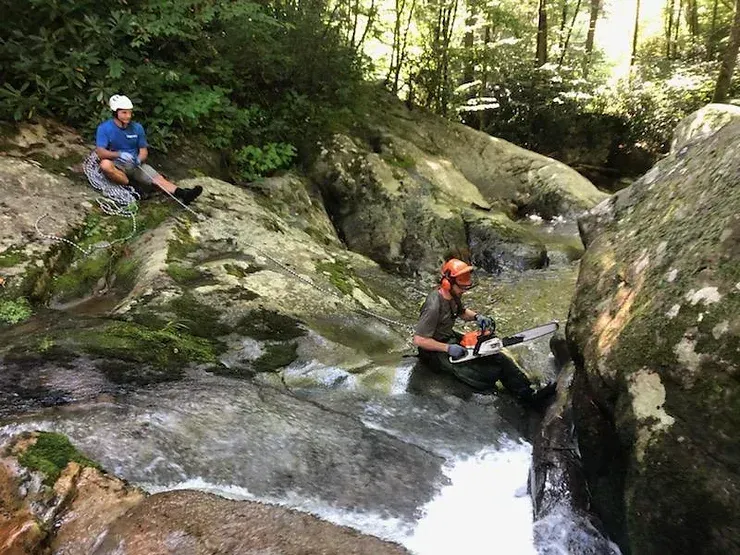
We jumped in the State Park UTV and truck to head downstream to the first spot we wanted to focus on clearing. On the way down Tim showed us a visual stream gauge he had installed recently on the river right side of the first bridge you cross as you drive up Rock Fork Road entering the State Park. We are guessing that runnable levels will occur around 1'-6" and above on the gauge.
While down checking out the new gauge Ryan Horn and Scott Fisher rolled in to join us for the workday. Then our crew of 7 rallied up to “Urethra” (the only named rapid on the run) to start removing a large log that was in the main drop as our first focus. It became obvious quickly that both Tim & Jesse were skilled with their saws and they made short work of logs cutting them into smaller pieces for us to clear from the stream bed.
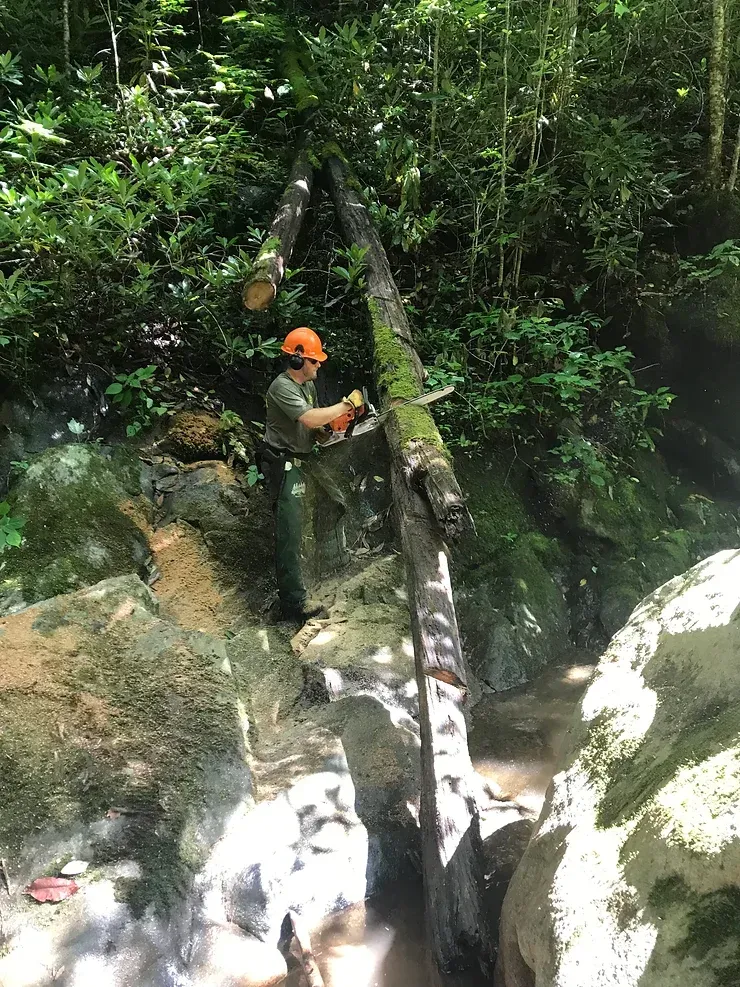
We worked downstream from Urethra tackling several old down trees in a left line around an island that both Mike and I have always wanted to run, but has been closed down due to these large strainers. To open this bedrock slide up by removing the wood was like creating a whole new rapid. This fueled the passion even more thinking about paddling this creek again after the next big rain fall.
About 4.5 hours later the stout crew had managed to clear this +1 mile section of creek of all the major strainers in play from the parking lot to the Highway 352 Bridge (takeout). The Park Rangers were delighted to provide a safer recreational opportunity for the State Park with this effort and I know several paddlers who are now pumped for the upcoming lighting rides laps down this unique Class IV-V roadside creek run.
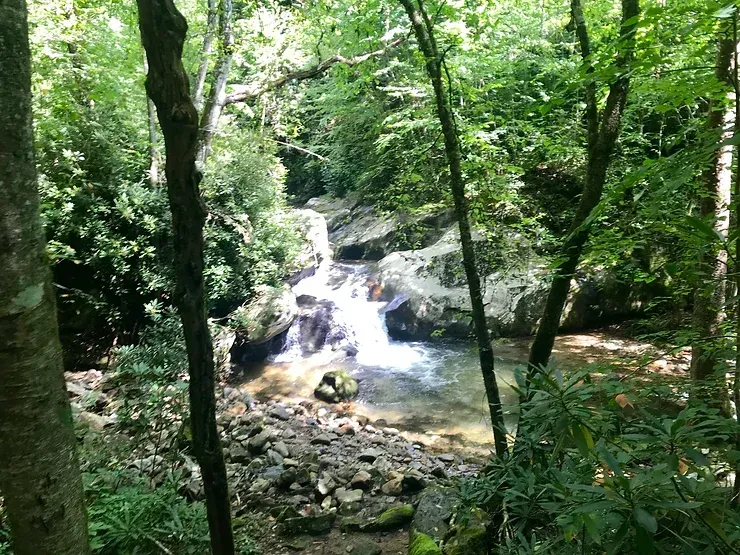
The partnership created in this effort by the Rocky Fork State Park Rangers, Appalachian Paddling Enthusiasts (APE) and Nolichucky Outdoor Learning Institute (NOLI) is one we plan to continue well into the future to promote safer paddling and hope it becomes a model for other parks.
Photos contributed by: Scott Fisher & Ryan Horn
#RockyForkCreek #Creeking #ParkRangers #Paddlers #rockyforkstatepark #safeissexy
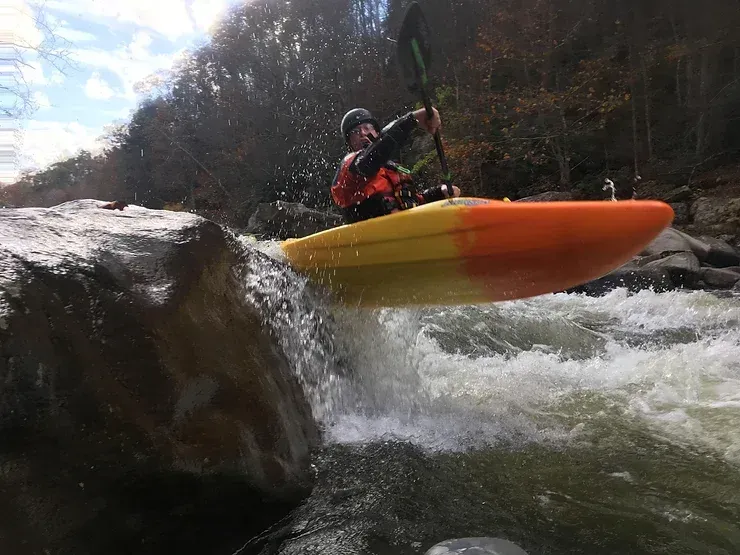
NOLI instructor, Team Jackson member and Tri-Cities World Kayak Ambassador Wesley Bradley is a long-time paddler and enjoys sharing his love of the outdoors with others.

